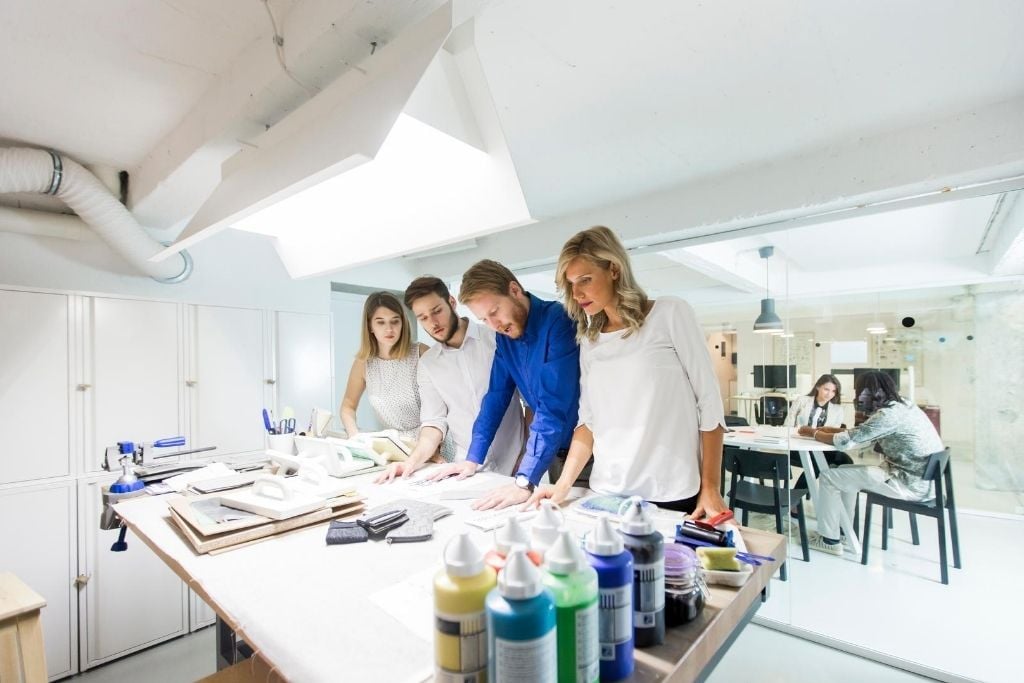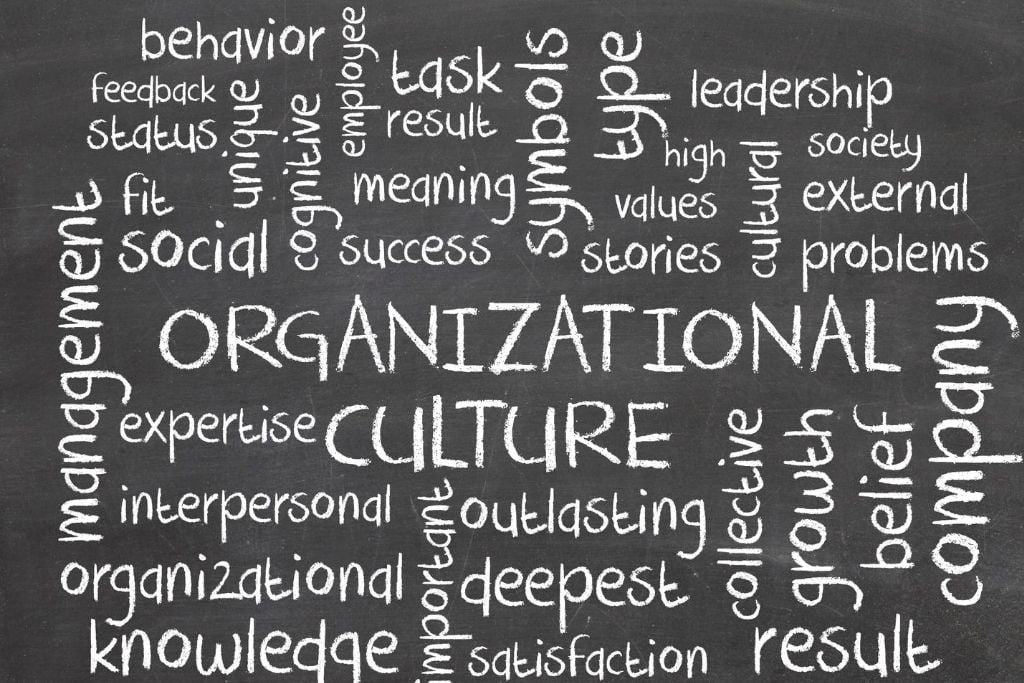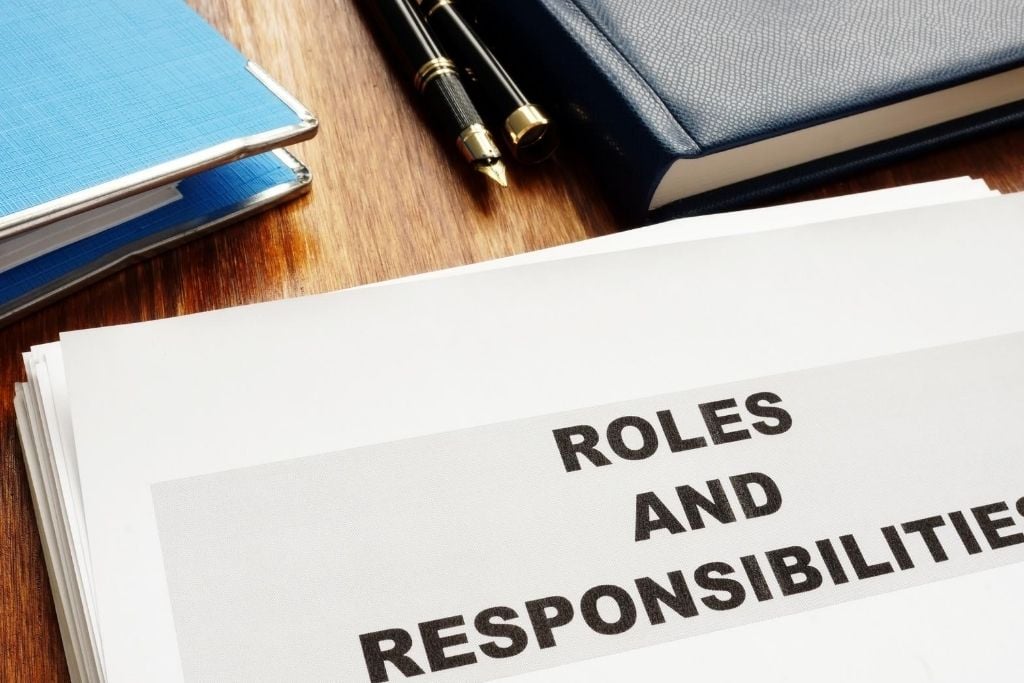
Remember the recent Avengers movie? It was a soaring success and this achievement was a result of a good team effort. But, team effort materializes only if there is a good team dynamics! This brings us to the question of what is this dynamics within the team. Simply put, it is the ‘motivation’ that encourages the team to achieve business goals. You need not be an entrepreneur to understand its importance. Anyone who is working with a team needs to leverage team dynamics. Before we proceed further let us understand how it works.
What is Team Dynamics?
Irrespective of the nature of the business, you need a good team to support the workflow. Else, its debacle is inevitable. Therefore, if you want to bridge the gap between good and great performance, team dynamics is the tool for you. Now, let us understand this concept in greater detail. What is one of the most important things that any organization wants to invest in while setting up shop? A qualified and experienced workforce that is divided into teams to complete tasks, isn’t it? But this workforce alone is not enough to deliver. There is a subconscious force influencing the behavior and performance of these qualified individuals. And this force is what we call team dynamics. This force may not be evident but if you don’t invest the effort to steer them in the right direction, results can be disastrous.
4 Elements that Contribute to Team Dynamics
We have told you that it is an invisible force. But do you know that various elements within the team can decide the direction or nature of this force? Primarily four factors decide the nature of the dynamics within the team and in the next section, we take a look at these elements.
1. Personalities in the team

SUMMARY
Always remember, a combination of the varying yet coherent traits of the members, is what will give your team, the ability to achieve more.
Every individual is born with certain characteristics or a very distinct personality. When you recruit a member of the team, remember this personality will influence team or group dynamics in a big way. Therefore, it has to complement the other personalities in your team.
2. Interaction

SUMMARY
It is important for the members of the team to interact and learn from each other. This allows them to understand each other’s strengths and accordingly seek help to complete the task at hand.
Dynamics within a team is all about how the team or the group of individuals interact with each other. This interaction is crucial as the concept of a team is based on the ability of the individuals to rely on each other to achieve a common goal. Simply put, ensure that the members of the team are interacting with each other so that every member is updated with the progress or problem of the project. This, in turn, will ensure that the individuals within the team can seek help from each other and achieve the task at hand.

3. The nature of work

SUMMARY
If you love the work you do, you are likely to perform better, isn’t it? This rule applies to the team as well.
Another important factor is the type of work that the team is doing. If they love the work that they do, they will not hesitate to push the limit and do more. But if the task allotted does not complement the strength of the team, they may find it difficult to work towards it. As a team leader, it will be your responsibility to pay attention and identify the team’s strengths and accordingly allot tasks. This will help boost the positive dynamics within the team in a big way.
4. Workplace environment

SUMMARY
A healthy and happy work environment ensures that employees are motivated to deliver their best.
Good group dynamics also depend on the workplace environment. Industry leaders have always sworn by this rule to help them boost productivity. In fact, back in 2012, Google even undertook the mammoth Project Aristotle where a group of experts was appointed to understand the impact of team dynamics on the success of different teams in the organization. If you want to boost the team performance, ensure that you give them a good environment to work in. This will also include regularly undertaking team building initiatives that encourage an open communication channel with the team leaders. The communication channel will encourage the team to share feedback ensuring that their needs are taken care of. This will help you maintain a healthy and happy environment at the workplace which in turn will keep the positivity alive in the group dynamics. In the corporate world, team dynamics is a serious subject simply because it is directly related to the future of your business.
Remember that high performing teams will take your business success to new heights, therefore, invest time and effort to take care of these details.
4 Factors That Influence Team Dynamics
In the previous section, we understood the elements that lead to the creation of positive dynamics within the team. Now, let us take a look at four simple factors that can influence it in a big way.
1. Office layout

SUMMARY
The office decor plays a huge role in influencing the culture at the workplace.
Back in the ’80s, an office was all about cabins and cubicles. Such a structure imposes the idea of an individual working and not a team in action because it divides the group. The new-age office layout is all about open spaces. An office layout with no cabins or cubicles indicates a flat hierarchy which further nurtures a positive group dynamics.
2. Organization culture

SUMMARY
A simple way to promote a good organizational culture is to ensure that the entire team is rewarded for achieving the goal instead of just a few members.
Remember a team works to achieve a goal, therefore, the rewards should also be equally distributed among all. For example, if some employees get an additional bonus and others don’t, it harbors negative dynamics which in turn leads to poor decisions.
3. Roles and responsibilities

SUMMARY
As a leader or manager, you should be well-versed with the potential of each member in your team. This will ensure that you are able to allot responsibilities to each member according to his / her capacity.
The purpose of a team is to utilize the strength of each member in the best possible way. Therefore, as a team leader, ensure that the roles and responsibilities are distributed correctly. This will fuel positive team dynamics and motivate the team to work to the best of their abilities.
4. Give them the right tools

SUMMARY
The manager should ensure that the team has access to the right tools to complete the task. For instance, you can’t expect an athlete to win a marathon without the right footwear.
No matter how good the dynamics within the team are, if you do not give them the right tools to do their job, the end-results will be disappointing. Empower your team and their abilities may just surprise you.
On a concluding note
Remember that even well-managed teams will have to face their share of bad days. But as a team leader, you will need to remind them that failure is not the end of the road. To maintain positive team dynamics even during the bad days is the duty of the manager. You will need to work hard and identify negative behaviors. Then, take steps to get rid of these behaviors and motivate your team to do better. Remember that the positive effects of your effort will not reflect overnight. It takes time and effort to build a productive team that can consistently achieve goals.
A freelancer by profession, Kavita writes on a variety of topics, mental health being one of her favorites. Fond of traveling, socializing and meeting new people, most of her inspiration for writing comes from real-life scenarios as well as experiences. Her motto in life has always been to look for a reason to smile.
